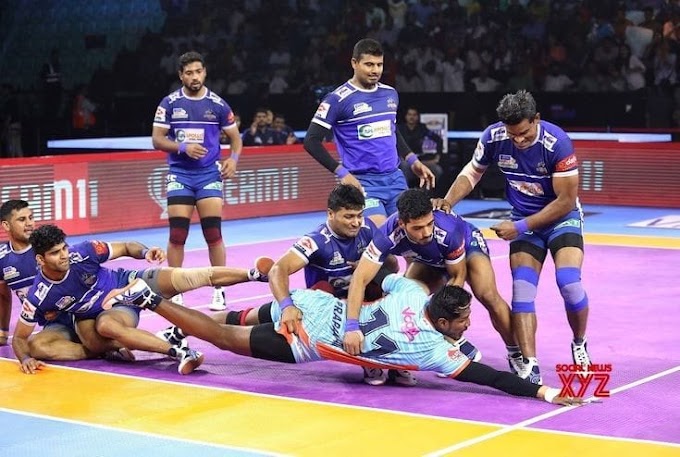Understanding Indirect Speech – Present Perfect Tense
When we change direct speech in the Present Perfect Tense into indirect speech, we shift the tense to Past Perfect.
General Rule:
Direct Speech:
have/has + past participle (V3)
Indirect Speech:
had + past participle (V3)
Structure:
Direct:
Subject + said, "Subject + have/has + V3..."
Indirect:
Subject + said that + subject + had + V3...
Examples:
• Direct: She said, "I have completed my homework."
Indirect: She said that she had completed her homework.
तिने सांगितले की तिने आपला गृहपाठ पूर्ण केला होता.
• Direct: He said, "I have lost my keys."
Indirect: He said that he had lost his keys.
त्याने सांगितले की त्याच्या चाव्या हरवलेल्या होत्या.
• Direct: They said, "We have seen that movie."
Indirect: They said that they had seen that movie.
त्यांनी सांगितले की त्यांनी तो चित्रपट पाहिला होता.
• Direct: I said, "She has finished her work."
Indirect: I said that she had finished her work.
मी सांगितले की तिने आपले काम पूर्ण केले होते.
• Direct: Rohan said, "We have decided to go there."
Indirect: Rohan said that they had decided to go there.
रोहनने सांगितले की त्यांनी तिकडे जाण्याचा निर्णय घेतला होता.






0 Comments